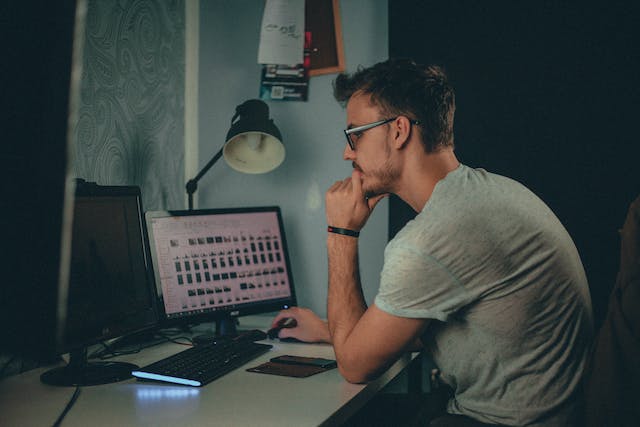Table of Contents:
Streaming on Twitch has become a popular way for gamers, artists, and content creators to share their passion with the world. Open Broadcaster Software (OBS) is one of the most widely used tools for this purpose. In this blog post, we'll walk through the basic settings you need to configure in OBS to start streaming on Twitch.
1. Download and Install OBS

Before diving into the settings, ensure you have the latest version of OBS installed. You can download it from the official OBS website.
2. Connect OBS to Twitch

To stream on Twitch, you need to connect OBS to your Twitch account:
- Open OBS and go to
File > Settings. - Click on the
Streamtab. - For "Service," select
Twitch. - You'll be prompted to enter your specific Stream Key. You can find this key in your Twitch dashboard under the Channel settings. Keep this key private from everyone.
3. Set Your Output Settings

The output settings determine the quality of your stream. Here's a basic setup:
- Go to
File > Settings > Output. - Set the Output Mode to
Simple. - For Video Bitrate, start with
2500 Kbps. This is a good starting point for most streams, but you can adjust this based on your internet speed and desired stream quality. - Set the Encoder to
x264, which is a good encoder for most users. If you have a newer NVIDIA graphics card, you can use theNVENCencoder instead. - For Audio Bitrate,
160is typically sufficient.
4. Configure Video Settings

- Go to
File > Settings > Video. - For Base (Canvas) Resolution, select your monitor's resolution (e.g.,
1920x1080). - For Output (Scaled) Resolution, you can start with
1280x720for a 720p stream. This is a good balance between quality and performance for many users. - Set the Downscale Filter to
Bicubicand the FPS to30or60, depending on your preference and hardware capabilities.
5. Audio Settings

- Go to
File > Settings > Audio. - Set the Desktop Audio to your main speakers or headphones.
- Set the Mic/Auxiliary Audio to your primary microphone.
- Adjust the volume sliders as needed to ensure your game audio doesn't drown out your voice and vice versa.
6. Add Sources

Before you start streaming, you'll need to add sources like your game capture, webcam, and any overlays:
- In the main OBS window, right-click in the
Sourcesbox. - Choose the type of source you want to add, e.g.,
Game Capturefor games orWindow Capturefor specific applications. - Adjust the source properties and position/resize them on the canvas as needed.
7. Start Streaming!

Once everything is set up, click the Start Streaming button in OBS, and you'll be live on Twitch!
Conclusion
These are the basic settings to get you started with streaming on Twitch using OBS. Many wonder, How Much do Twitch Streamers Make? as the platform's popularity offers varying income potentials from ads, subscriptions, and donations. As you become more familiar with the software and your streaming needs, you can delve deeper into the settings to optimize your stream's quality and performance. Additionally, mastering these settings will ensure your Twitch VODs are of the highest quality. Happy streaming!